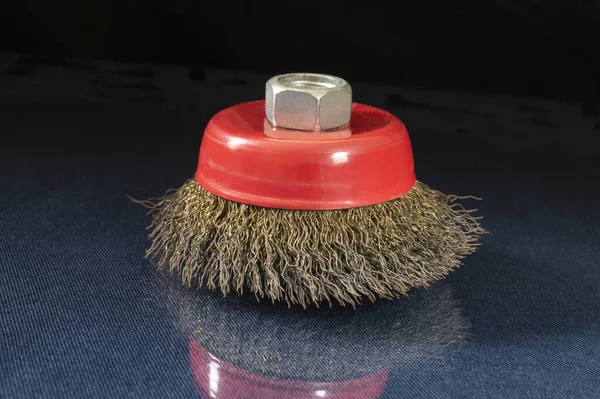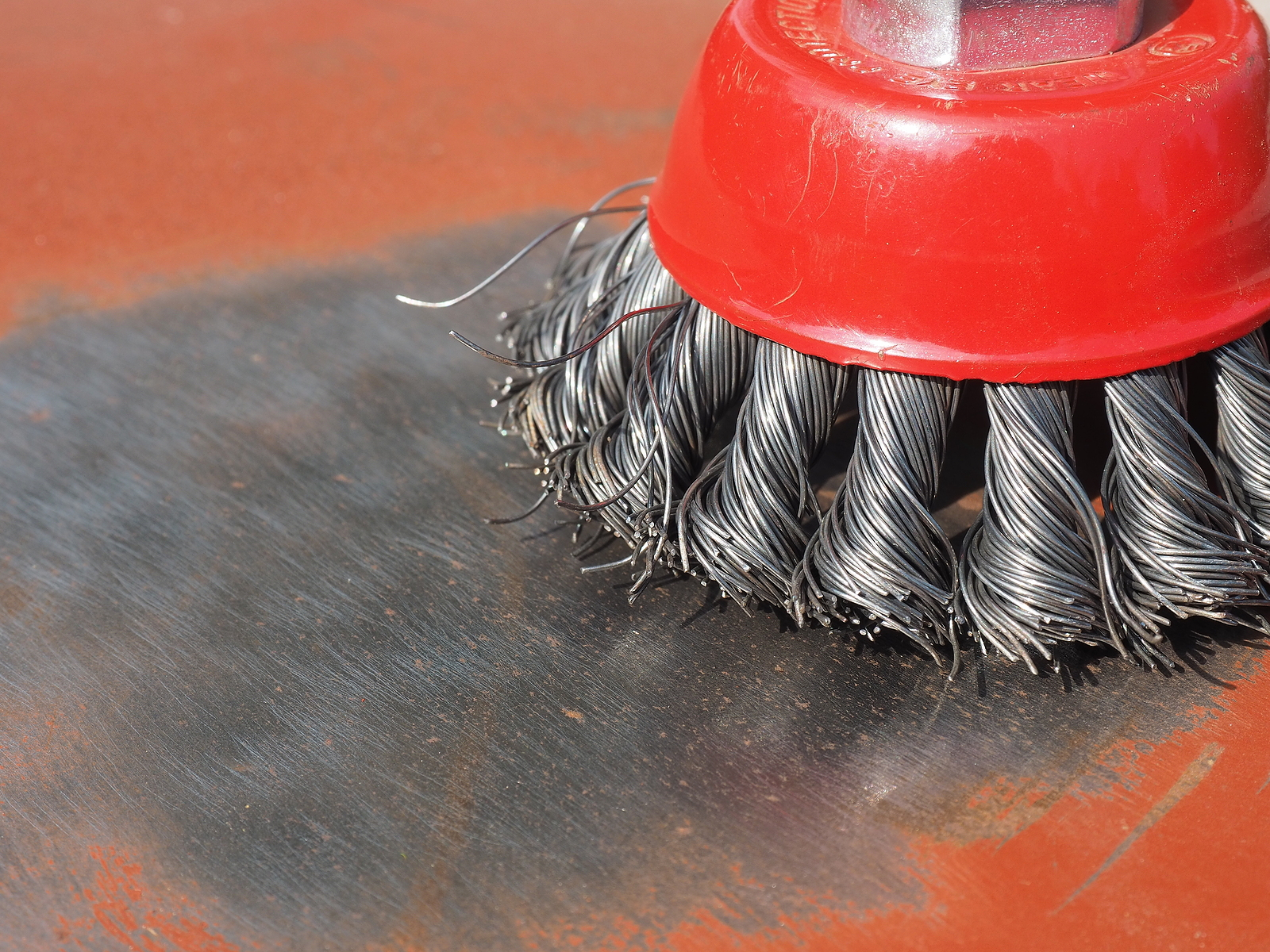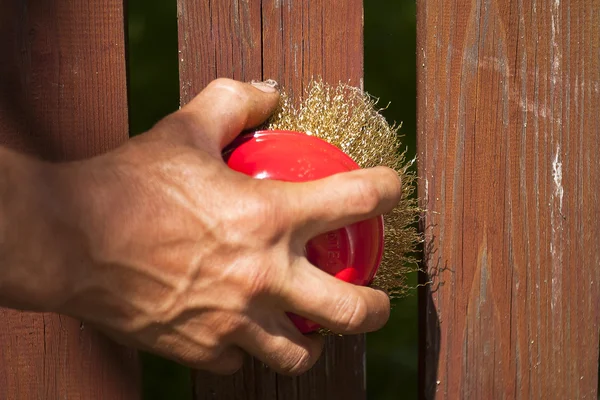Wire brushes have found a place in all walks of life as a powerful way to clean stubborn, thick metal surfaces and floors. Wire brushes vary depending on their purpose, some of which are
While wire brushes are often defined as powerful tools that can tear through thick materials, they have found use in industries that require a sensitive and powerful touch, such as electronic welding. Wire brushes have many uses and are finding new ones all the time.
Application of Wire Brush
- Abrading
One of the main characteristics of the wire brush is its matte texture. While this is not true of all wire brushes, as some are used for finishing and cleaning, there is a group of wire brushes specifically designed to grind and remove paint, rust, particulate matter and metal shavings from substrates that are primarily metal. This type of brush goes through the surface, removing everything it touches. In most cases, a milder wire brush is used to smooth the surface after grinding is complete.
A deep grinding brush or abrasive brush is applied to a metal surface to prepare the surface for application of a coating or thick paint to smooth out parts removed by wear. A grinding wheel wire brush used in this way is actually preparing the surface for further polishing.
Most grinding brushes are manufactured electrically. Versions with wooden or plastic handles allow you to remove wallpaper, paint and rust by hand. This type of cutting is not as deep as electric cutting, but care must be taken when using it on drywall and wood.
- Derusting
The common purpose of cup and wheel wire brushes is to remove rust. Electric wheel wire brushes are great for removing rust in hard-to-reach areas. They are abrasive enough to drill into cracks and tight Spaces. Many types of cup brushes can be used to clean sheet rust and paint on large surfaces. Different sizes and diameters of cup brushes as well as hollow versions provide enough options to meet any type of rust removal needs.
When cleaning stainless steel surfaces, it is best to use a brass wire cup or a wheeled wire brush to protect the surface from contamination. Brass wire has the same cutting capacity but is not as resistant as carbon steel.Hand wire brushes can also be used to remove rust, but are not suitable for large or shelled surfaces because they have different cutting forces and require too much effort to complete the job. Electric cup brushes and wheeled wire brushes can be used on a variety of surfaces, from rusty machines and cars, to rusty fences and obstructions.
- Wood Distressing
The process of crushing wood is used to wear down the softer, lighter parts of the grain, while leaving the denser parts behind. This process produces an aging appearance. The resulting effect is time wear, as if the wood had weathered. This process can be done using a hand-held wire brush or a stiff nylon wire brush, which will produce a softer sanding effect.
The roughness created by the wire brush will vary depending on the type of filaments used to achieve the desired effect. To sand the surface, use a wire brush with aluminum wire of different sizes. These types of wire brushes produce the same results using sandpaper.
- Surface treatment
While the focus of wire brushes is on cleaning and removal, they are also ideal for preparing surfaces for finishing. The purpose of wire brush cleaning is to prepare the surface for surface protection applications. In large operations, a form of sandblasting may be used to clean and prepare the surface.
Regardless of the efficiency of the blasting, some areas may need attention to ensure that the surface is completely completed. In these cases, use a hand-held cup or wheel line brush to complete the necessary details.
In the surface treatment process, a certain roughness is required to ensure that the applied protective material will adhere. The type of wire brush used for surface treatment depends on the type of substrate. The choice of the correct wire brush depends on the type of filaments.
Conclusion
Although part of the function of wire brushes is to clean surfaces, they have other uses, such as preparing surfaces for painting or removing slag and spatter after welding. Read more: https://binictools.com/wire-brush/.


